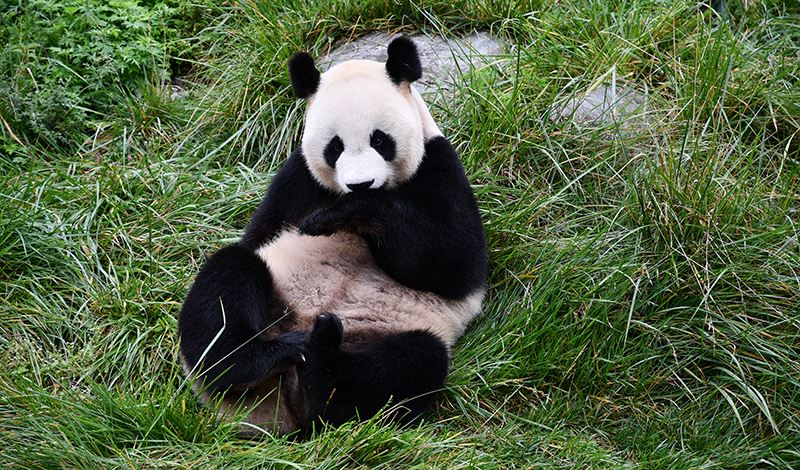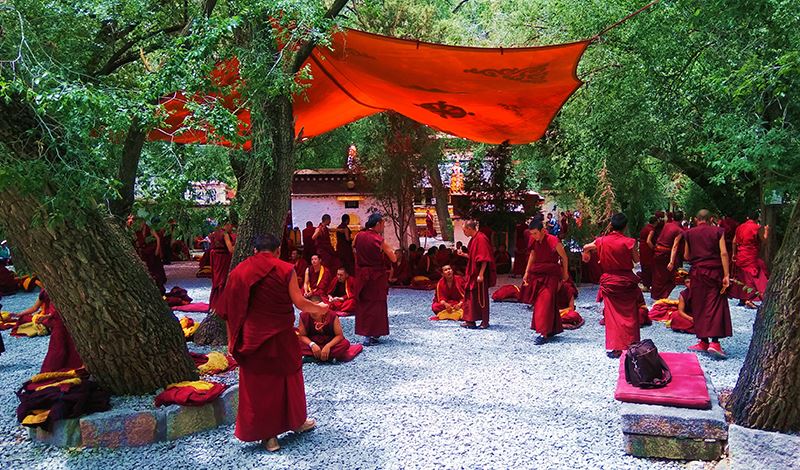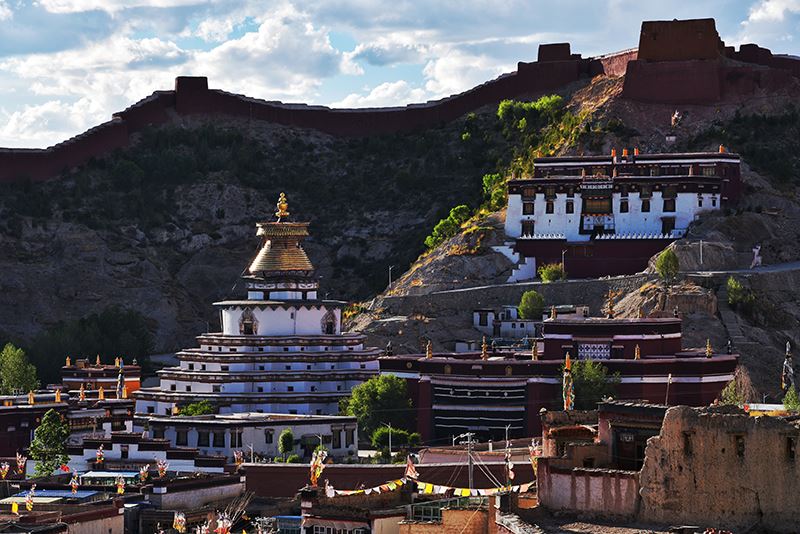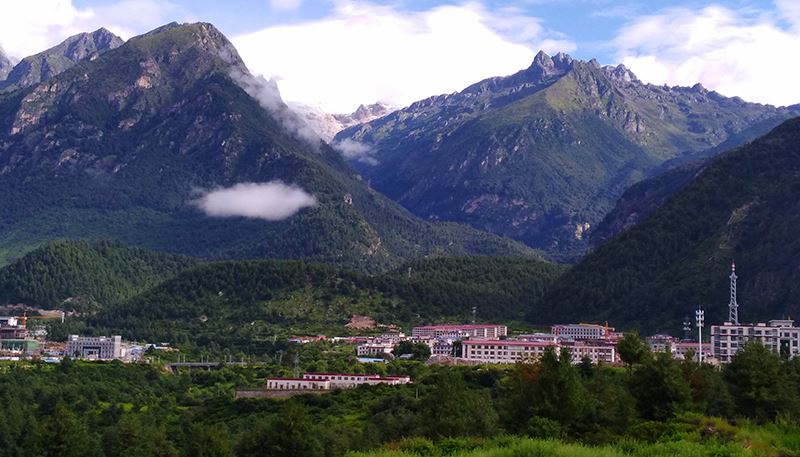INFOS & SERVICE
OUR OTHER WEBSITES
Arrive in Chengdu
Enjoy Chengdu leisurely daily life, Kuanzhai Xiangzi, drink tea in People’s Park

Chengdu – Yaan – Kangding
Bifengxia Panda Base, ancient tea-horse-road, Kangding - gateway to Tibetan area Kham

Kangding - Tagong - Xinduqiao – Yajiang
Lhagang Monastery (Tagong Si), Gyergo Nunnery and the grand mani wall of Hepingfahui, Yala Mountain

Yajiang - Litang – Batang
Litang “world’s highland city

Batang – Markam – Zuogong
Drive in the Three Parallel Rivers Regions, central area of Hengduanshan Mountain Range. Leave Sichuan and enter Tibet

Zuogong – Bangda - Baxoi – Ranwu
Overcome 72-turn, stay be the beautiful Ranwu lake

Ranwu – Midui – Bome - Lulang
Midui Glacier, Parlung Tsangpo, Lulang Town

Lulang - Linzhi - Basum Tso
Overlook Gyala Pelri and Namjabarwa, Buchu monastery, Lamaling temple, Ancient Giant Cypress Forest, Niyang River, Basum Tso Lake

Basum Tso – Gandan – Lhasa
Mi La Mountain Pass. Gandan Monastery. Welcome in Lhasa!

Lhasa
Potala Palace – landmark of Lhasa, Jokhang and Barkhor Street

Lhasa
Panoramic view over Potala, Norbulingka, Debate in Sera

Lhasa – Gyantse – Shigatse
Karo La Pass and Glacier, holy lake Yamdrok, Palkhor with Pagoda Kumbum

Shigatse – Shegar – Rongbuk / Everest BC
Tashilhunpo Monastery, Rongbuk Monastery, Sunset on Qomolangma (Everest)

Rongbuk – Old Tingri - Paiku Tso – Kyirong
Sunrise over Qomolangma (Everest), Paiku Tso Lake

Kyirong – Kathmandu
Hello Kathmandu, Nepal

Kathmandu
Villages Khokana and Bungmati, city of Patan

Kathmandu
Durbar Square, Hanuman Dhoka Palace, Pashupatinath Temple, Bouddhanath

Leave Kathmandu
Home flight or onward journey to the next destination

Private travel, great experiences! Please contact us for your tailor-made travel offer.
With individual China Tibet travel, you can decide when, where and how you go on tour by yourself. What's more, you can choose the length of travel and whom you go with.